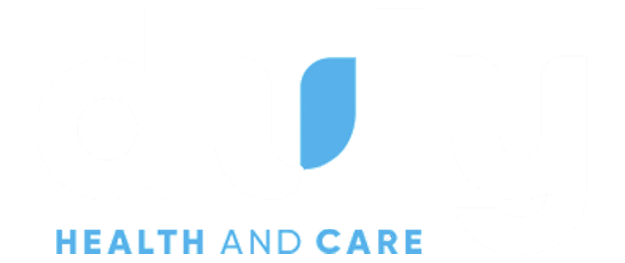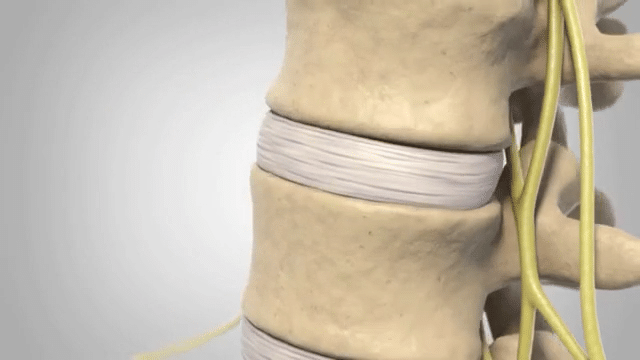
Lumbar Herniated Disc
A herniated disc may be caused by simple wear and tear from repeated movement over time or disc degeneration. During the natural aging process, spinal discs lose some of their water content making it difficult to support the load from above vertebrae.

Lumbar Herniated Disc
A herniated disc may be caused by simple wear and tear from repeated movement over time or disc degeneration. During the natural aging process, spinal discs lose some of their water content making it difficult to support the load from above vertebrae.
Lumbar Degenerative Disc Disease
Lumbar degenerative disc disease is a common experience in which one or more intervertebral discs cushioning the vertebra is damaged and bulges out of its usual location. “Disease” may be a misnomer since most people have some degree of degeneration in their discs. This bulging increases local pressure and the damaged tissue releases inflammatory mediators to the surrounding area.
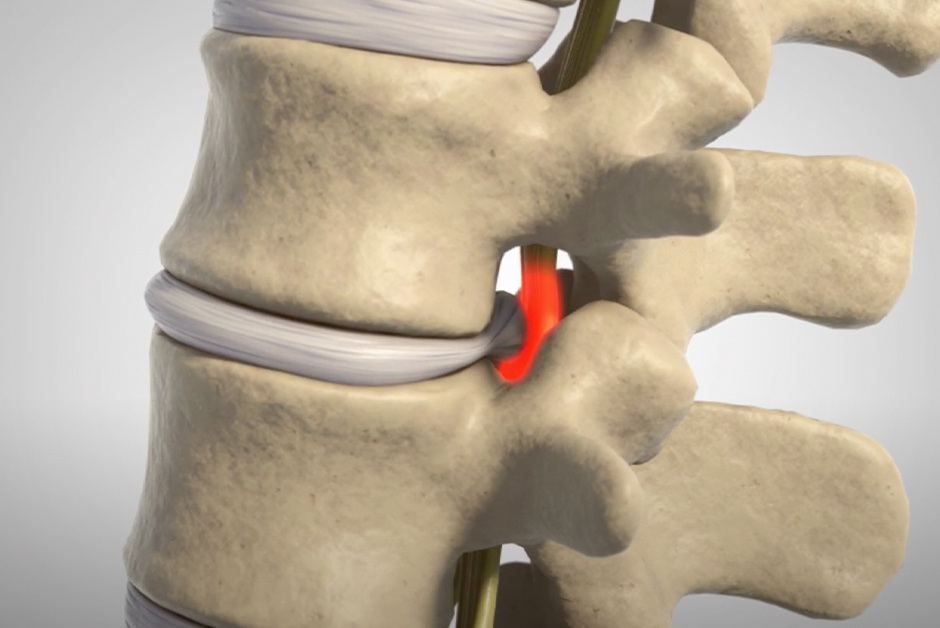

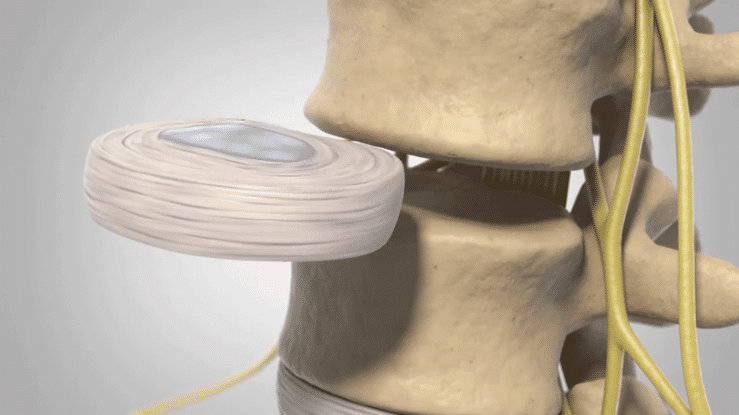
Lumbar Degenerative Disc Disease
Lumbar degenerative disc disease is a common experience in which one or more intervertebral discs cushioning the vertebra is damaged and bulges out of its usual location. “Disease” may be a misnomer since most people have some degree of degeneration in their discs. This bulging increases local pressure and the damaged tissue releases inflammatory mediators to the surrounding area.
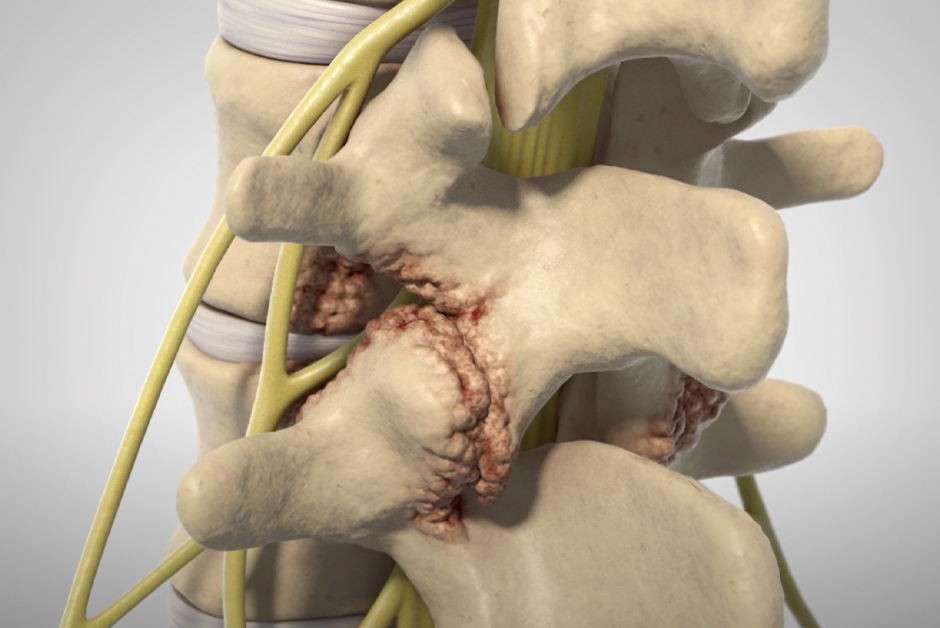


Lumbar Spinal Stenosis
Stenotic lumbar vertebrae compress the spinal cord and nerve roots traveling through them. In the lumbar region, this translates to a progressive loss of function of the lower extremities, as well as potentially affecting other bodily functions such as urination. The cause of compression can vary, but is often a result of bulges in the intervertebral discs cushioning the connections of the vertebral column. These bulging discs compress nearby structures, and damaged tissues will release inflammatory mediators in an attempt to recruit healing factors.



Lumbar Spinal Stenosis
Stenotic lumbar vertebrae compress the spinal cord and nerve roots traveling through them. In the lumbar region, this translates to a progressive loss of function of the lower extremities, as well as potentially affecting other bodily functions such as urination. The cause of compression can vary, but is often a result of bulges in the intervertebral discs cushioning the connections of the vertebral column. These bulging discs compress nearby structures, and damaged tissues will release inflammatory mediators in an attempt to recruit healing factors.
Lumbar Spondylolisthesis
Lumbar Spondylolisthesis is characterized by instability in the vertebral column, most commonly in the region of the L4-L5 vertebrae. The origin of the name is Greek, with “spondy” referring to vertebrae and “listhesis” referring to movement. Shifting vertebrae push on the spinal cord and can cause pain and numbness, especially when standing or bending over.
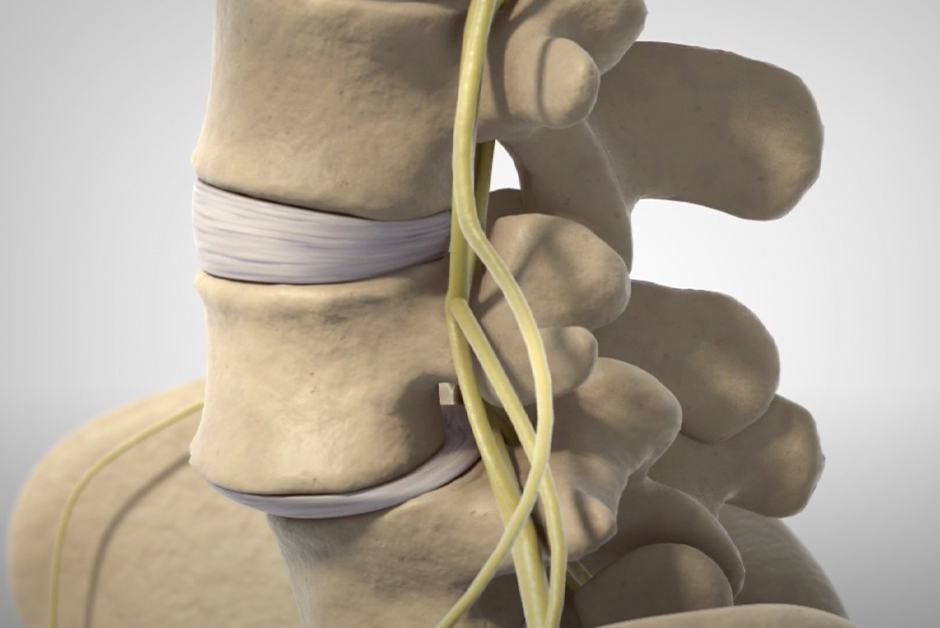





Lumbar Spondylolisthesis
Lumbar Spondylolisthesis is characterized by instability in the vertebral column, most commonly in the region of the L4-L5 vertebrae. The origin of the name is Greek, with “spondy” referring to vertebrae and “listhesis” referring to movement. Shifting vertebrae push on the spinal cord and can cause pain and numbness, especially when standing or bending over.
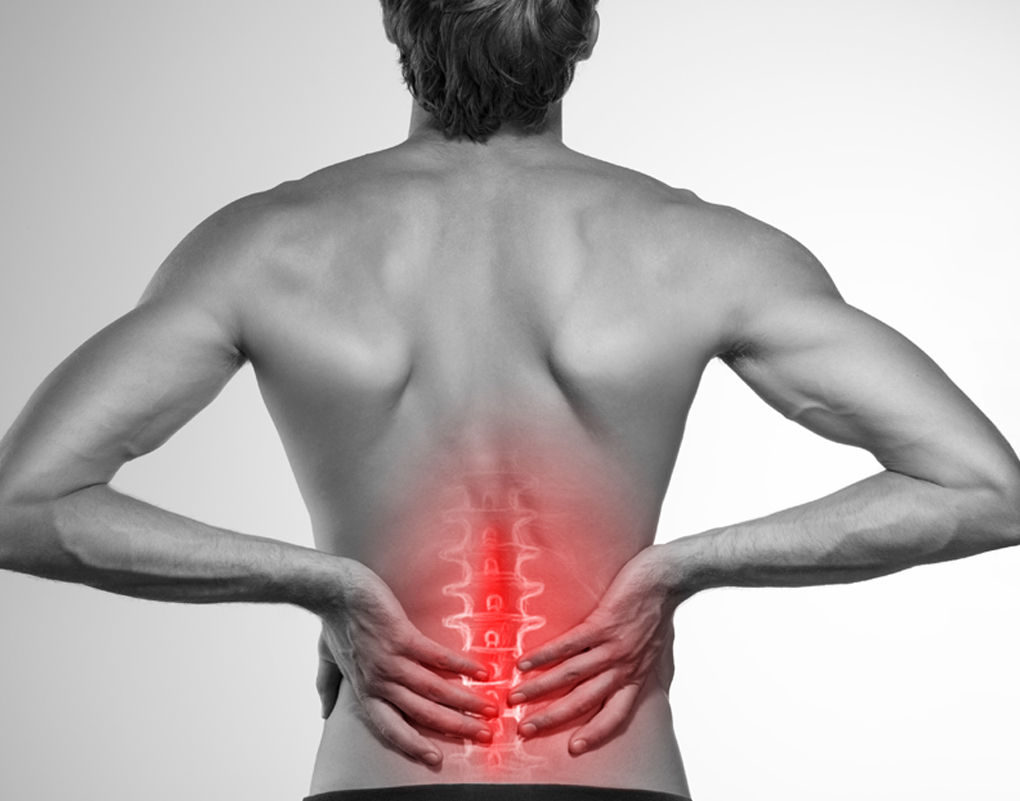


Acute Low Back Pain
Acute low back pain typically develops after a strenuous or jarring event, but may also present without any clearly related activity. An acute episode lasts for up to six weeks in patients without a history of complaints to the affected region, and symptoms can vary significantly between patients. The pain can be diffuse or focal and can feel like burning, a sharp discomfort, or a dull ache.



Acute Low Back Pain
Acute low back pain typically develops after a strenuous or jarring event, but may also present without any clearly related activity. An acute episode lasts for up to six weeks in patients without a history of complaints to the affected region, and symptoms can vary significantly between patients. The pain can be diffuse or focal and can feel like burning, a sharp discomfort, or a dull ache.
Chronic Low Back Pain
Chronic Lower Back Pain is another common condition defined by affecting the lumbar region for three months or longer. Pain ranges in form and severity, and stems from anomalies in the anatomical structure of the back. Causative factors may include stress, trauma, or concomitant disease, but in many cases may be difficult to isolate.
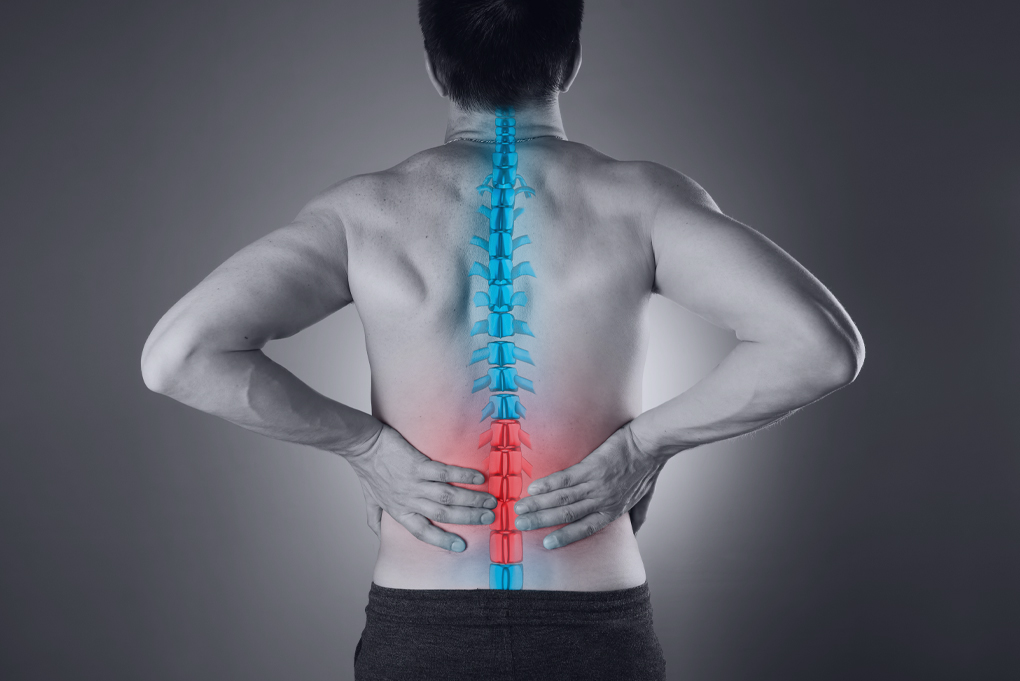





Chronic Low Back Pain
Chronic Lower Back Pain is another common condition defined by affecting the lumbar region for three months or longer. Pain ranges in form and severity, and stems from anomalies in the anatomical structure of the back. Causative factors may include stress, trauma, or concomitant disease, but in many cases may be difficult to isolate.
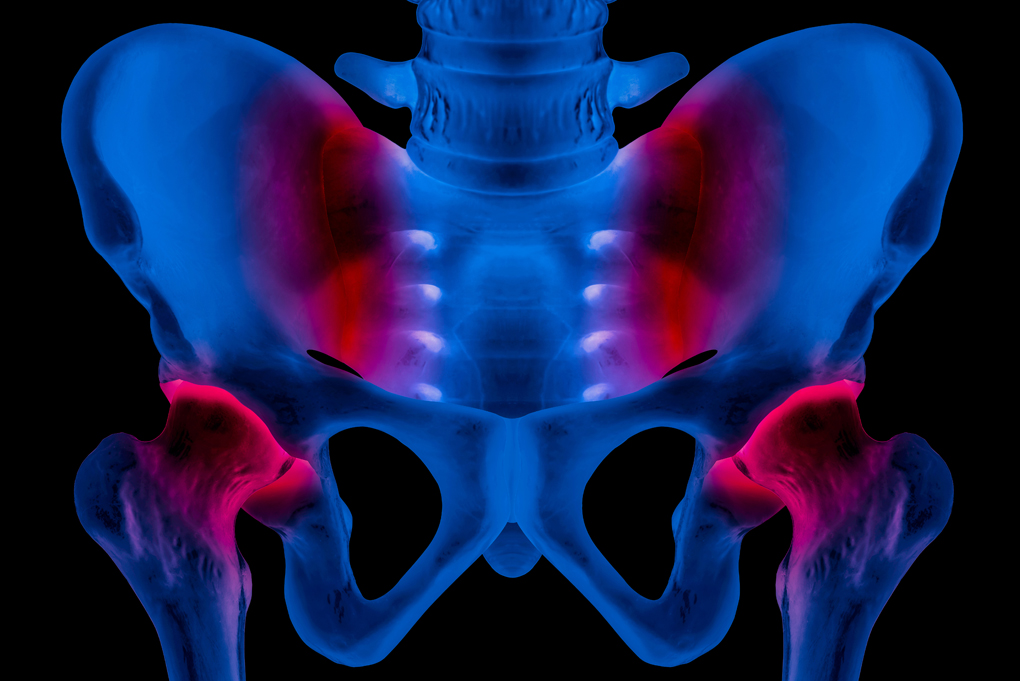


SI Joint Pain
SI Joint Pain occurs when the joints connecting the portion of the spine below the lumbar, the sacrum, and the iliac crest of the pelvis are affected. This pain can mimic sciatica, but involves abnormal stress on the joint rather than the sciatic nerve. Normally a fairly immobile joint, excessive strain can irritate this region of the spine causing paint.



SI Joint Pain
SI Joint Pain occurs when the joints connecting the portion of the spine below the lumbar, the sacrum, and the iliac crest of the pelvis are affected. This pain can mimic sciatica, but involves abnormal stress on the joint rather than the sciatic nerve. Normally a fairly immobile joint, excessive strain can irritate this region of the spine causing paint.




